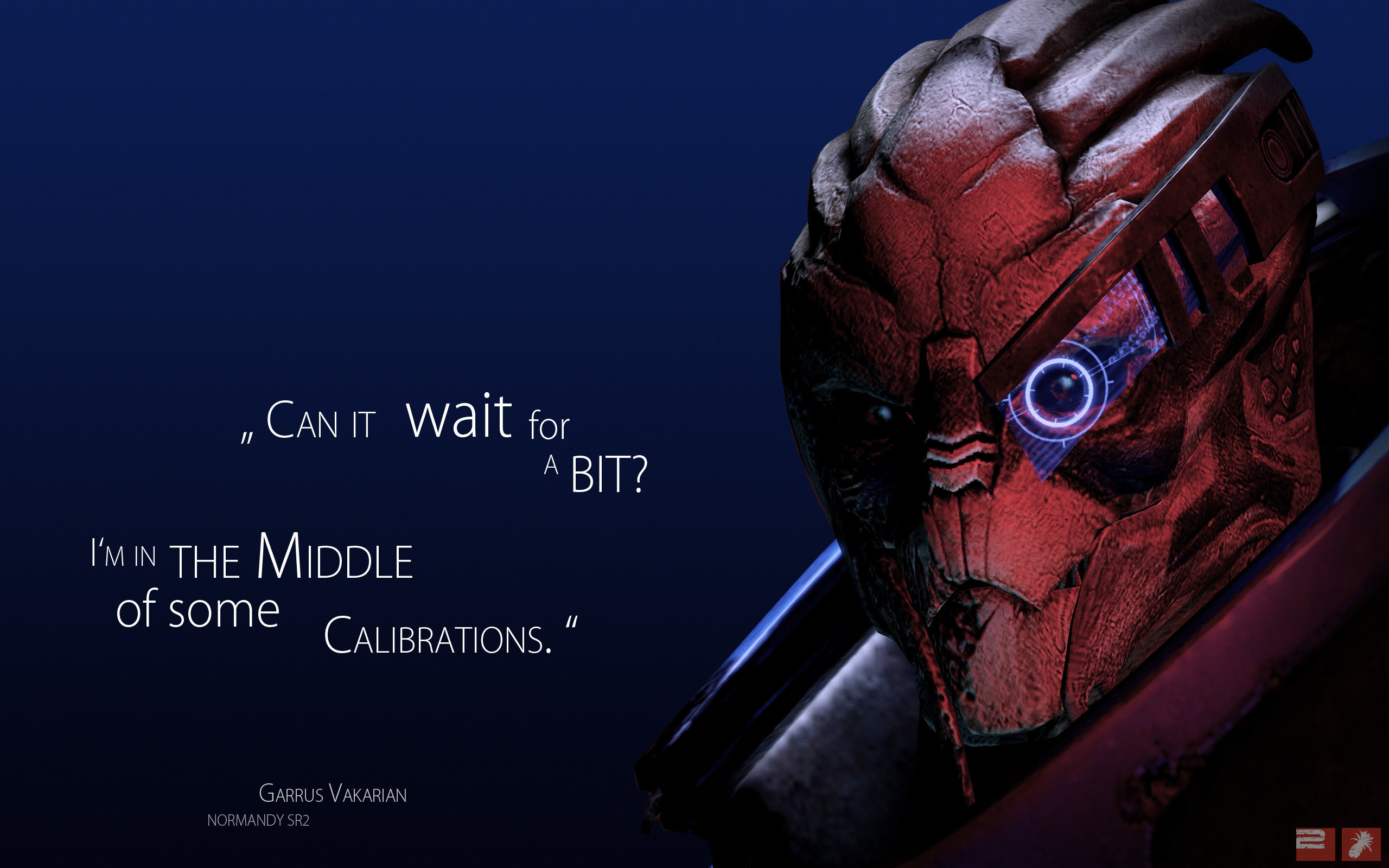
These cases highlight some of the practical diagnostic difficulties in patients with complex comorbidity. Based on his atypical picture, we diagnosed him with DSM 5 bipolar and related disorder due to arachnoid cyst. Lithium levels were not yet taken at the time of his transfer. He responded rapidly and at his transfer to the care of a private psychiatrist in another city closer to his father’s residence, he was euthymic, psychosis resolved and he displayed good insight. There was no family history of psychiatric illness.ĭuring his latest admission, risperidone was increased to 4 mg and sodium valproate was changed to lithium 500 mg owing to adverse effects. He was born preterm as a result of a complicated twin pregnancy (the other twin stillborn). He had a minor head injury during adolescence for which no medical care was sought. Episodes were eventually resolved, only to recur despite good adherence. Prior to each admission, there were 3 days of a stereotypical progression from blank staring, derealisation, talkativeness with increasing incoherence to mood lability and finally frank mania with misidentification delusions.ĭuring previous admissions, he received trials of sodium valproate, lamotrigine, phenytoin and risperidone. He subsequently had four psychiatric admissions. Two neurosurgeons recommended conservative management because of the absence of TLE. His neurologists felt temporal lobe epilepsy (TLE) was excluded. Two extended video EEG recordings of 74 hours and 19 hours showed no epileptiform activity. Work-up revealed a left anteromedial temporal arachnoid cyst measuring 46 mm×19 mm×28 mm with compressive effects on the left frontal and anteromedial left temporal pole on MRI. He made two suicide attempts but claimed no recollection of the entire episode, which resolved before he accessed medical care. He first presented 2 years prior with periodical staring that started after the deaths of several family members. By the time of discharge, he was euthymic, psychosis resolved and he was not experiencing the episodes anymore.Ī man in his early 20s was admitted after a few days of irritability, grandiosity, insomnia and increased energy. Sodium valproate was added and increased to 1800 mg daily and he required the addition of lithium 750 mg daily (serum lithium 0.6 mmol/L) before his symptoms abated. We increased olanzapine to 25 mg daily and eventually added flupenthixol as long-acting injectable antipsychotic at 20 mg monthly to augment this. He required sedation with clonazepam 6 mg per day, which could only be weaned after 7 weeks on our ward.
Mass effect font download manual#
The patient was managed for the Diagnostic and Statistical Manual of Mental Disorders, 5th Edition (DSM 5) schizoaffective disorder, bipolar type, which proved to be resistant to treatment. Neurosurgery suggested conservative management based on the Galassi classification of the lesion. He had at least one further episode of déjà vu with altered behaviour in our unit.ĬT of the brain showed a Galassi type 1 arachnoid cyst (42 mm×38 mm×39 mm) in the left middle cranial fossa with a mass effect on the adjacent tissue. Physical and neurological examinations, as well as special investigations, were normal. His mental state at admission involved mood lability, rapid speech, tangential thoughts and grandiose delusions. He was transferred to our unit for further work-up. He reported déjà vu and gustatory sensations preceding the symptoms but could not recall the episodes. Several weeks after his admission, however, he displayed episodic mutism, posturing and urinary incontinence. He was initially treated in a district hospital for a schizophrenia relapse with mood symptoms secondary to his cannabis use (urine positive for tetrahydrocannabinol). He became non-adherent when visiting family in a rural district.

He had previously taken on olanzapine 15 mg daily with flupenthixol depot 20 mg per month but suffered extrapyramidal side effects on risperidone. He functioned well until his first psychotic episode. Developmental and family histories were unremarkable. He previously abused methaqualone and was still using cannabis regularly. He had no comorbidities or head injuries. He presented with positive symptoms, including auditory hallucinations. Prior to his first admission, social interaction and work performance deteriorated. He had two previous involuntary psychiatric admissions and was diagnosed with schizophrenia. A man in his early 20s presented with aggression, hearing voices and poor sleep for 1 week.


 0 kommentar(er)
0 kommentar(er)
